Parts of a Butterfly Worksheet
Are you seeking a biology science convenient and educational tool to engage young learners in the fascinating world of butterflies? Look no further! Introducing our comprehensive Parts of a Butterfly Worksheet, designed to captivate children's curiosity and provide an interactive learning experience through various engaging activities and practices. This set of worksheets serves as an excellent resource for teachers, parents, or anyone eager to teach about the different parts and characteristics of these beautiful creatures. With clear visuals and engaging exercises, the Parts of a Butterfly Worksheet is the perfect entity to introduce children to the captivating subject of butterflies.
Table of Images 👆
- Butterfly Body Parts Worksheet
- Adjectives Describing Butterflies
- Butterfly Body Parts Worksheet
- Butterfly Activity Worksheets
- Butterfly Body Parts Worksheet
- Butterfly Parts Worksheet
- Label Insect Body Parts Worksheet
- Label Insect Body Parts Worksheet
- Draw Butterfly Life Cycle Worksheet
- Butterfly Math Worksheets
- Butterfly Color by Number Worksheets
- Butterfly Parts Worksheet
- Free Insect Body Parts Worksheet

Understanding the anatomy of butterflies is crucial for children, and with our Parts of a Butterfly Worksheet, you can provide a structured learning experience.
More Other Worksheets
Kindergarten Worksheet My RoomSpanish Verb Worksheets
Spring Clothes Worksheet
Healthy Eating Plate Printable Worksheet
Cooking Vocabulary Worksheet
My Shadow Worksheet
Large Printable Blank Pyramid Worksheet
Relationship Circles Worksheet
DNA Code Worksheet
Meiosis Worksheet Answer Key
Know more about the pretty butterfly with these Parts of a Butterfly Worksheet!
What is a Butterfly?
Many people love butterflies because of their beauty. The tiny creature mesmerizes the eyes with its thin and colorful wings. Human's adoration for these flying insects transcends beyond existence, as there are many arts and crafts inspired by butterflies.
For Examples: Butterflies by Odilon Redon in 1910, Flower Still Life by Maria van Oosterwijk in 1669, Three Medlars with A Butterfly by Adriaen Coorte in 1705, two Dancers in Butterfly Costumes by Yanagawa Shigenobu I in 1820, and more.
According to the College of Agriculture, Food and Environment of the University of Kentucky, the butterfly is the flying adult form of Lepidoptera insects. Lepidoptera came from Greek, which means "scaly wings" This name suits butterflies so well because their wings consist of many tiny overlapping scales in rows. The scale of the butterflies' wings gives them pretty patterns. The patterns will differ depending on the species of the butterfly.
Some people sometimes confuse butterflies with moths, but they are different. Butterflies have clubbed antennae; meanwhile, moths have fuzzy and feathery ones. Butterflies are active in the daytime, but moths are nocturnal. Lastly, butterflies rest their wings in an upright position; meanwhile, moths flat their wings to rest.
What are the Parts of a Butterfly?
Similar to other living creatures, butterflies also have their anatomy. The anatomy will help scientists and biologists to learn and analyze them. Based on the Cambridge Butterfly Conservatory, butterflies have three major parts, head, thorax, and abdomen. The head of a butterfly consists of extremely vital organs, such as antennae, compound eyes, and proboscis.
The compound eyes consist of many tinier eyes, known as ommatidia, with their lenses. They help the butterflies to see their surroundings (forwards, backward, above, and below). The proboscis is the mouth of the butterflies which guides them to suck the flower nectar.
Butterflies' thorax consists of six legs and three wings. In some cases, some butterflies also only have four legs. The wings come in three types, pigmented, diffractive, and androconia. Lastly, a butterfly' abdomen has a digestive tract, spiracles, and reproductive organs.
How is the Life Cycle of a Butterfly?
Butterflies are an example of animals that went through a metamorphosis process. Have you ever heard of that term? Metamorphosis is a series of changing progress in an animal's physique. Butterflies experience complete metamorphosis progress, which means they go through the four-step life cycle. Below is a detailed explanation of butterfly metamorphosis:
- Egg Stage: A group of female butterflies lay their eggs in a host plant, and the eggs will hatch in five days to three weeks. A female Lepidoptera can lay 200 to 500 eggs of various sizes.
- Larva Stage: When the eggs hatch, a tiny caterpillar appears. This creature's life revolves around eating and eating only as it grows. Caterpillars can eat the host plants' leaves, stems, roots, fruits, seeds, and flowers.
- Pupa Stage: When the caterpillar has grown, it finds a covered area in the host plant, sloughs, and forms a case called a pupa. In this stage of life, the moth forms a silken cocoon; meanwhile, the butterfly makes a chrysalis.
- Adult Stage: When the caterpillar's body develops, they open the pupa and stretch its wings before beginning its new life and restarting the life cycle.
How Many Types of Butterflies Are There?
There are various ways to classify the types of existing butterflies. There are around 17.500 species of these pretty flying insects.
According to the Smithsonian Institute, there are six family types of butterflies: Hesperildae (tiny and have the ability to fly at a fast pace), Lycaenidae (Blue and copper colored with hairstreaks), Nymphalidae (also known as brush-footed and has many subfamilies), Papilionidae (also known as swallowtails, because they have prominent tails), Pieridae (they have yellow and white wings), and Riodinidae (also known as metalmarks).
Most of the characteristics that differentiate the butterflies is the wings. The color, shape, and structures affect the butterflies'' classification.
Why Does Butterfly Important for Nature?
Every living creature has a purpose for nature and Mother Earth. Even tiny creatures, such as butterflies, have many vital roles in helping the surroundings. Besides their pretty wings, which guide many artists to find their inspirations.
Butterflies help plants continue the pollination process, which supports them in producing fruits, vegetables, and flowers. When you see your surroundings; and find butterflies, they are an indicator that you are in a healthy natural environment.
Learning about the life cycle of butterflies also teaches humans precious lessons, such as patience and hard work.
Through the Parts of a Butterfly Worksheet, the learners can study everything they are curious about about butterflies. Packed with various engaging and fun exercises, these worksheets are the perfect learning medium for young children and a helpful instrument for parents or teachers to teach young learners.
Learning about butterflies is important for young students as it will help them to understand the nature around them and improve their biology and overall science knowledge.
Have something to share?
Who is Worksheeto?
At Worksheeto, we are committed to delivering an extensive and varied portfolio of superior quality worksheets, designed to address the educational demands of students, educators, and parents.


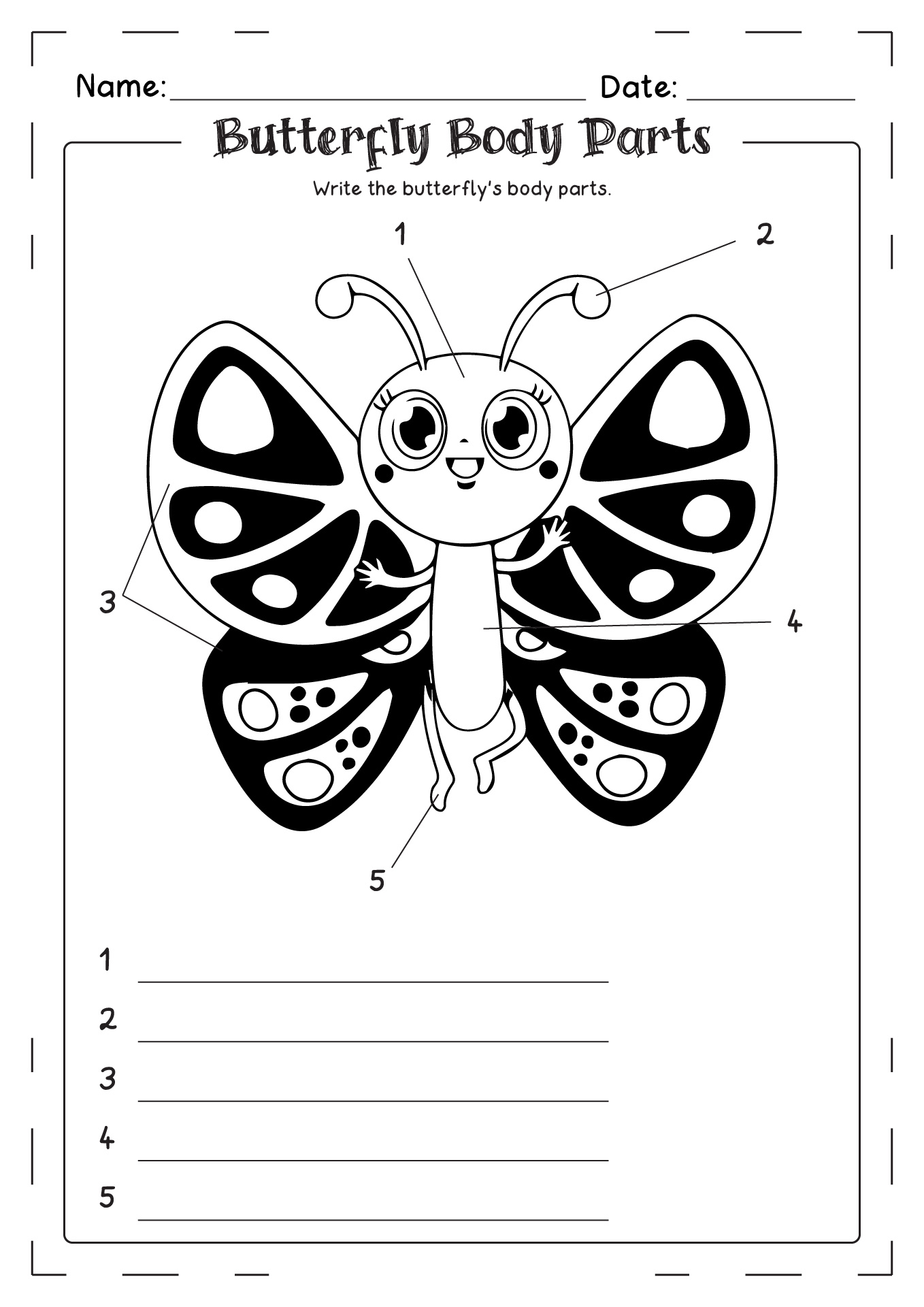


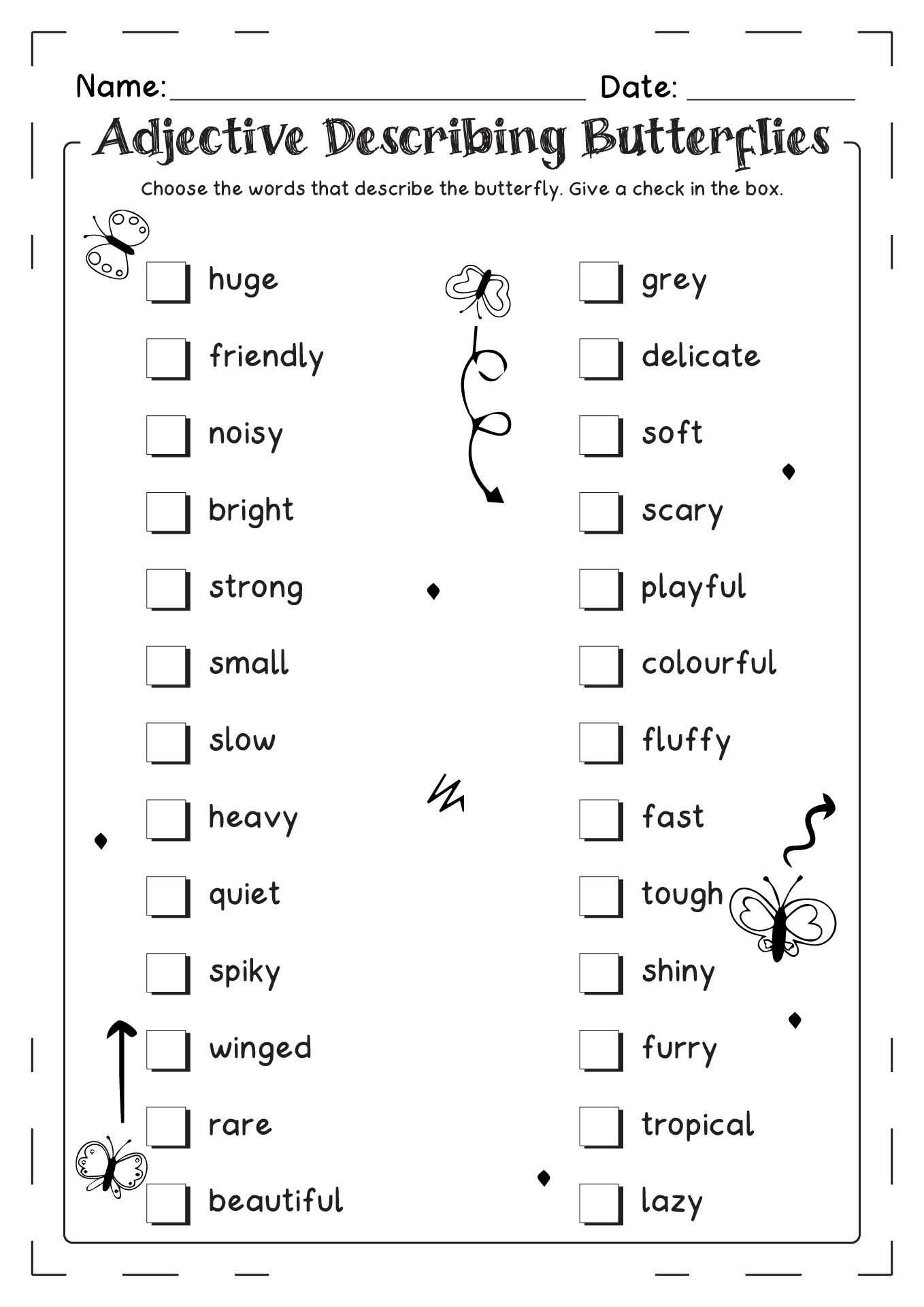
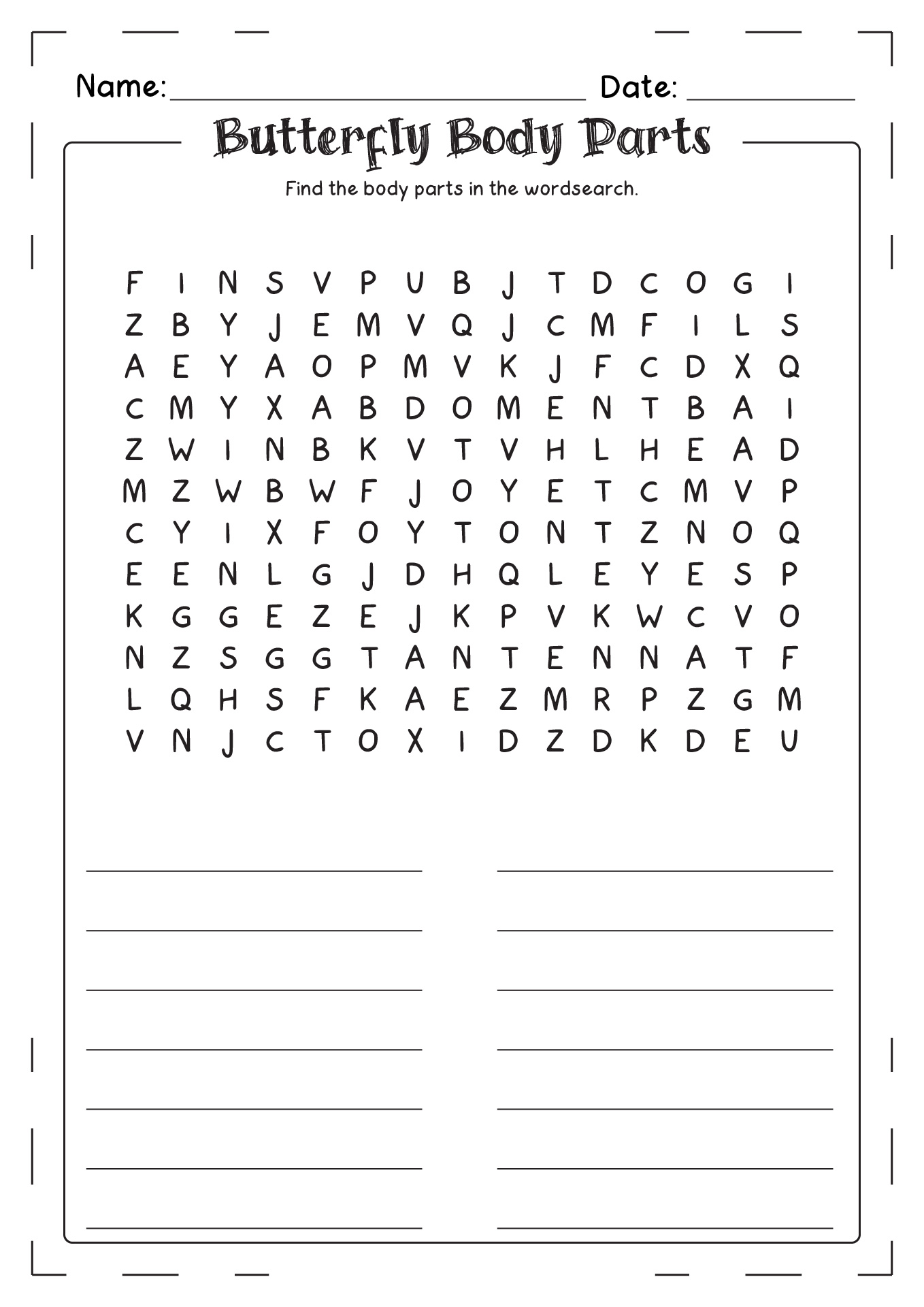
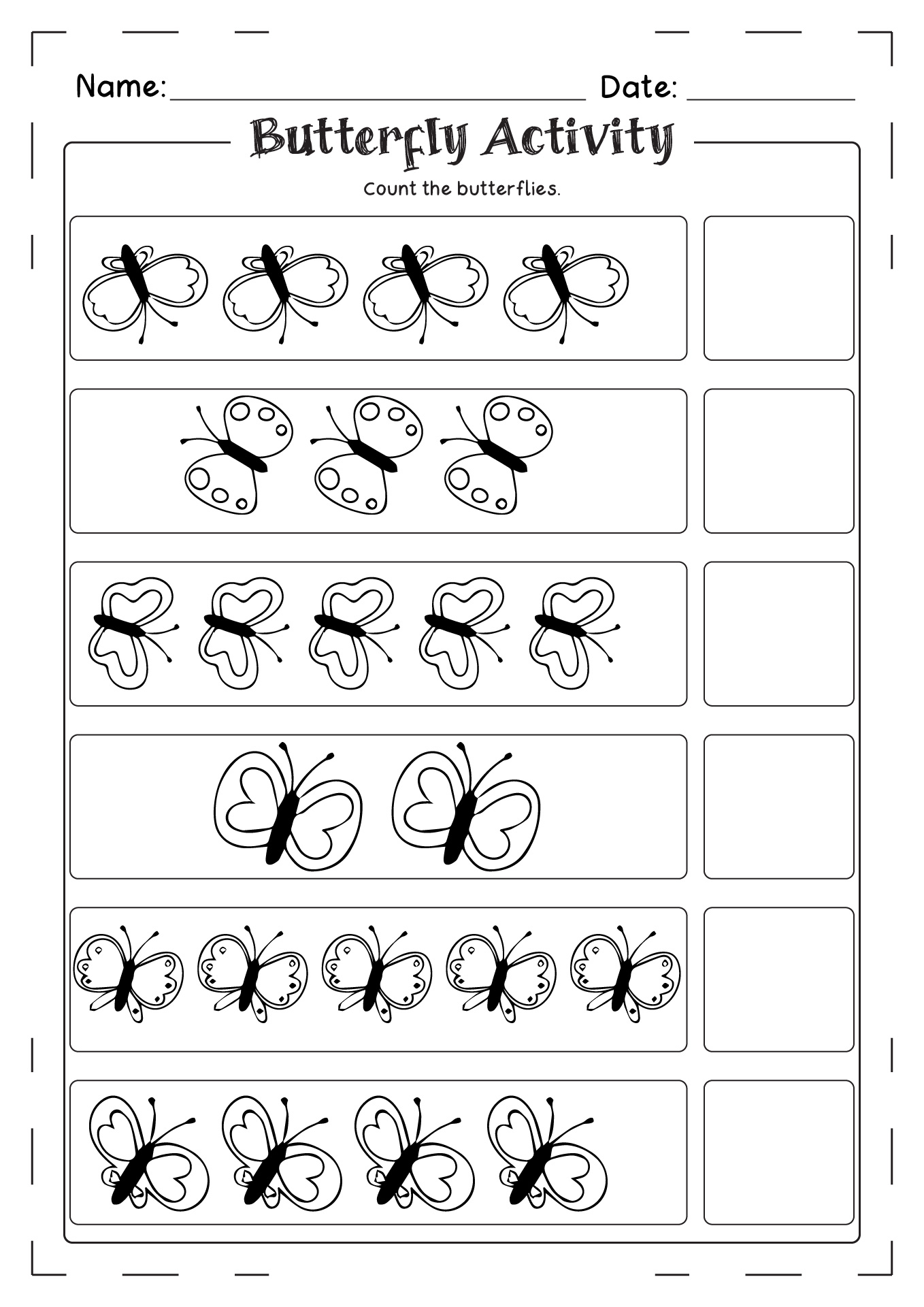
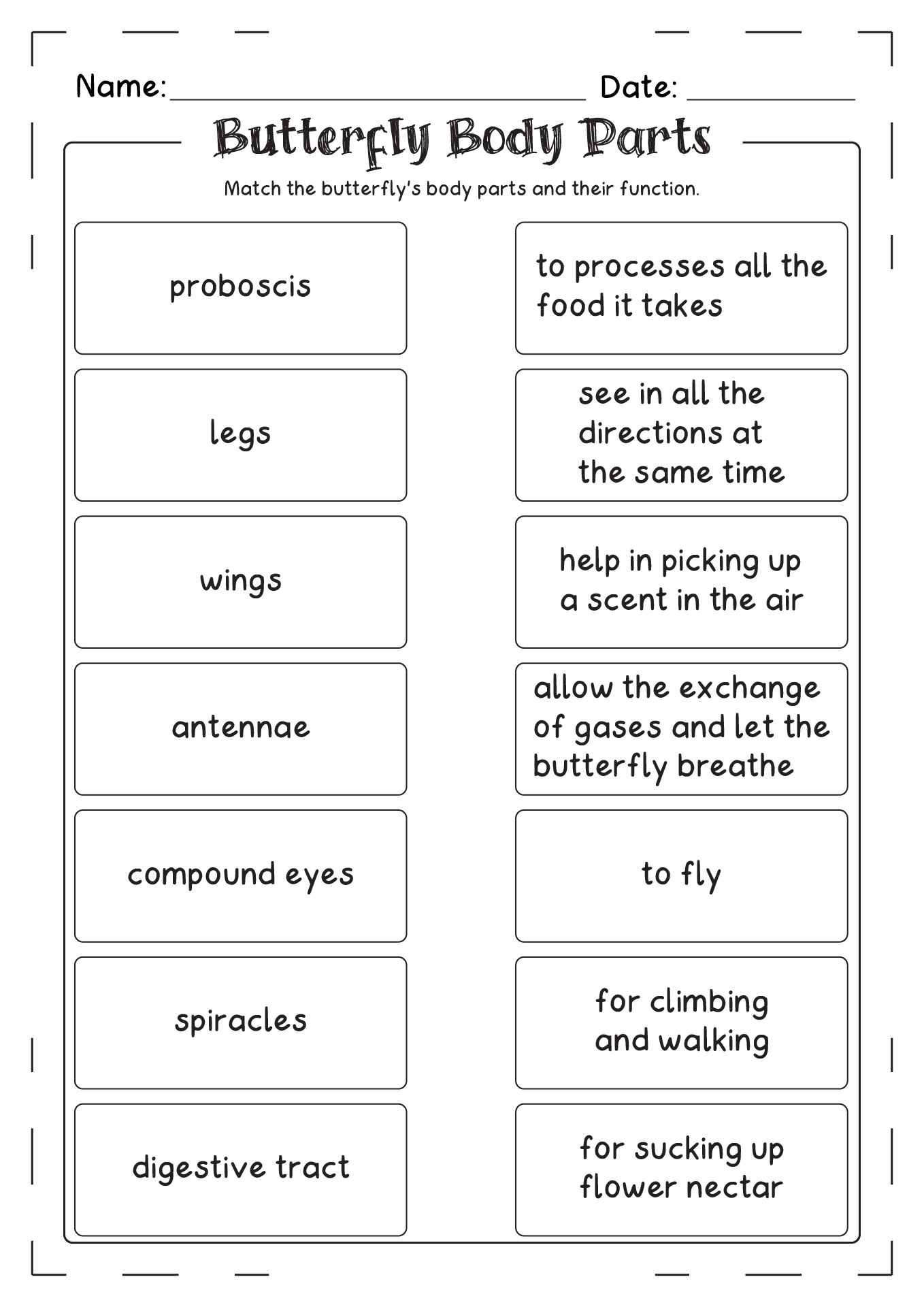
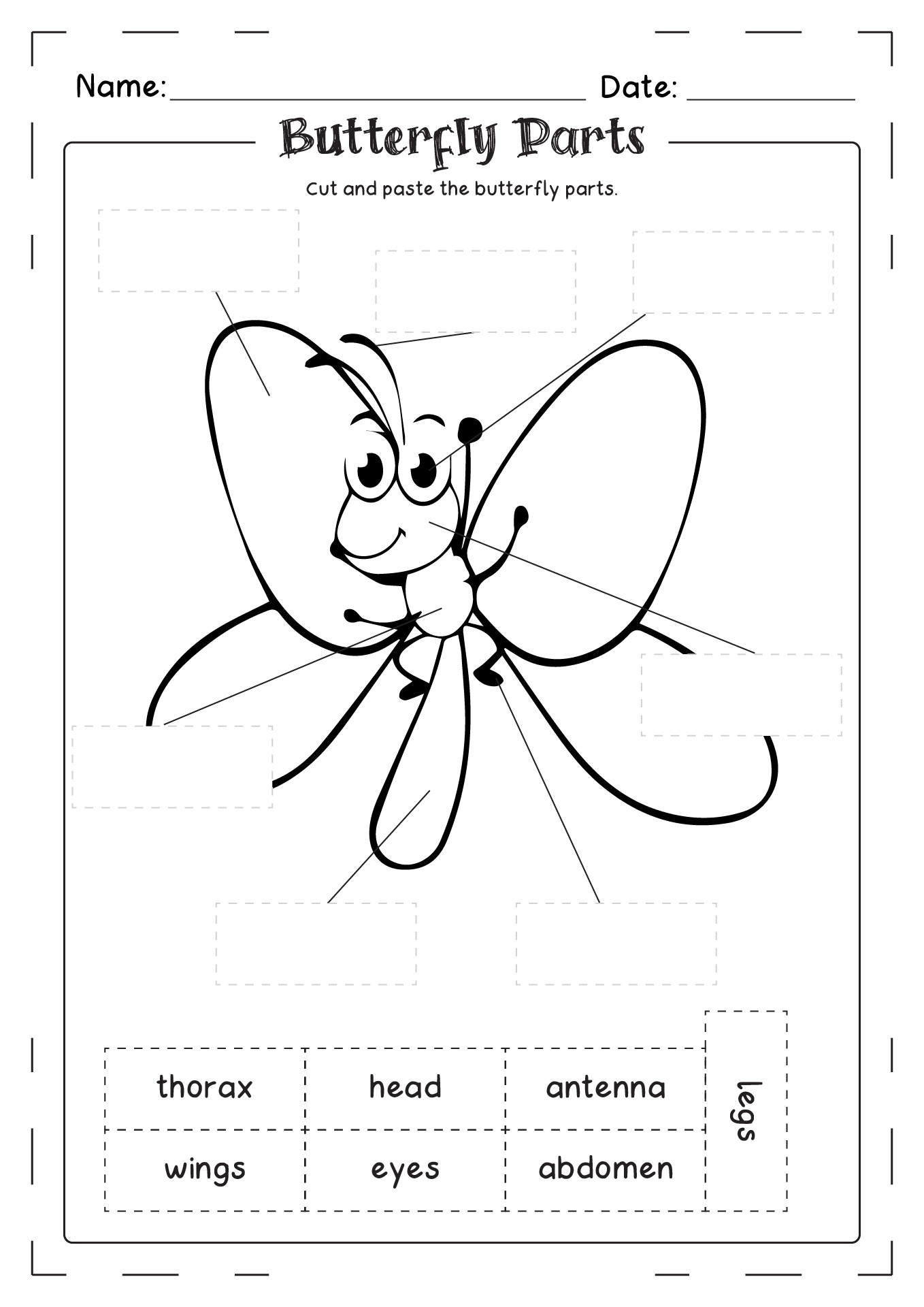
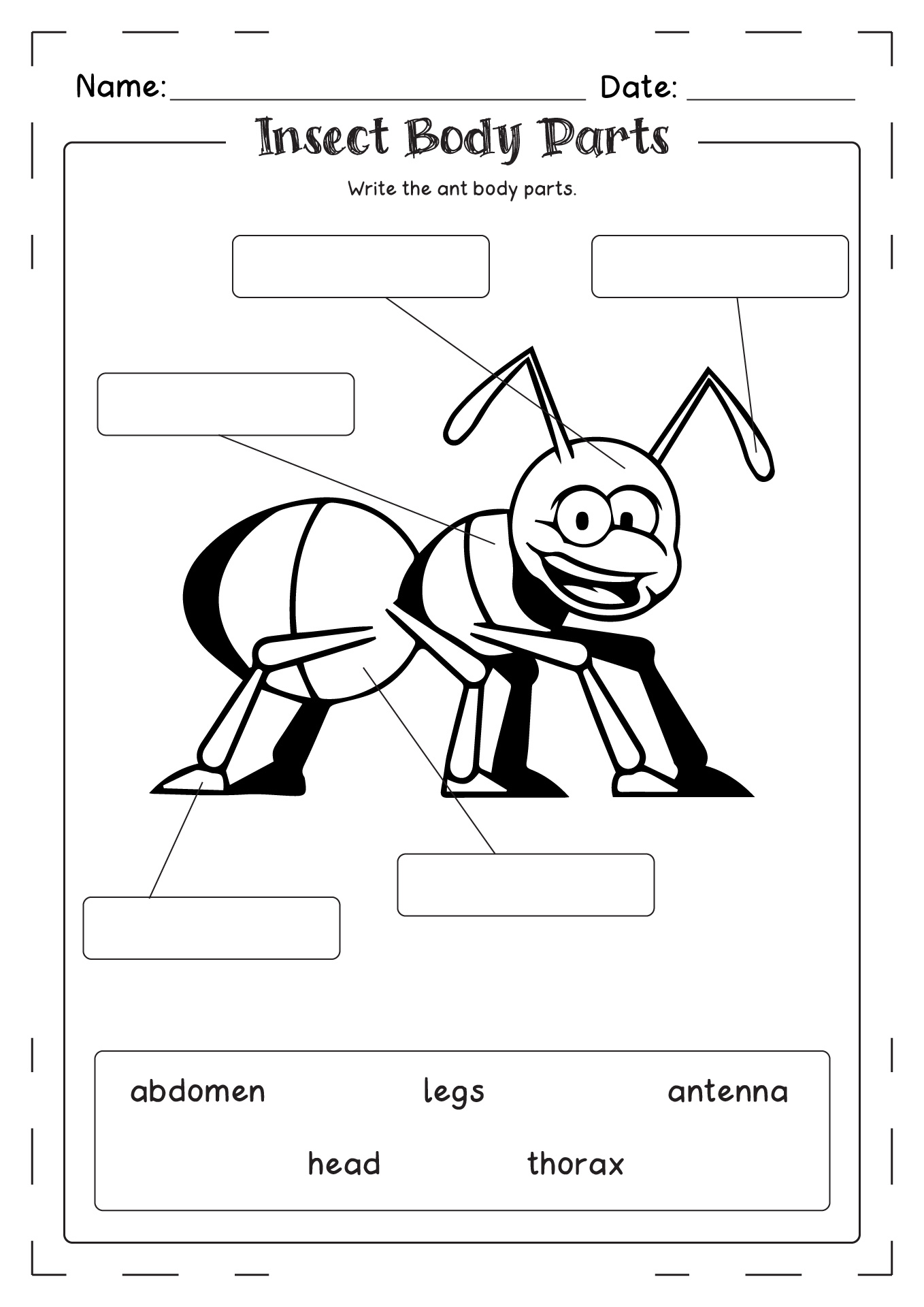
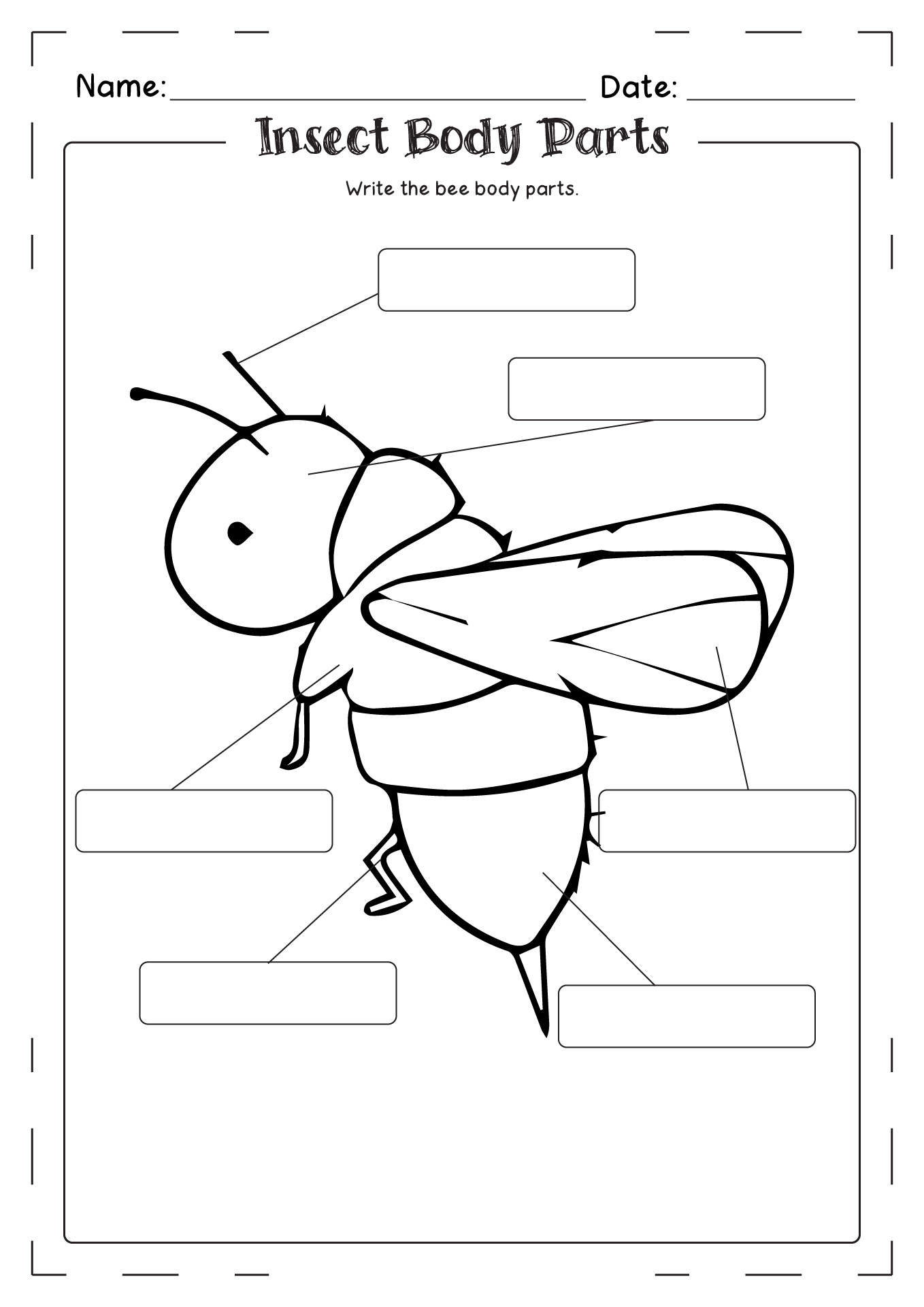
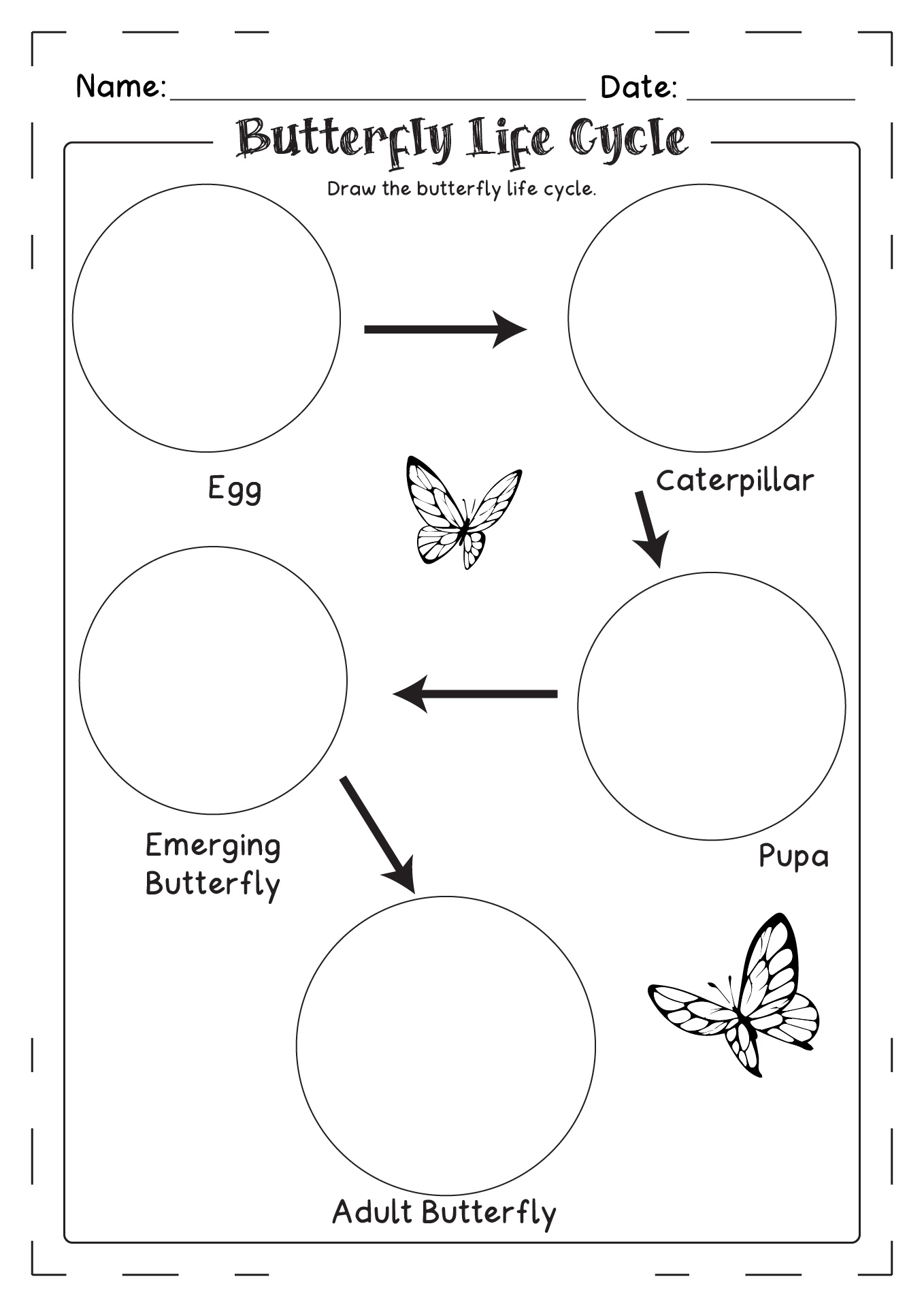
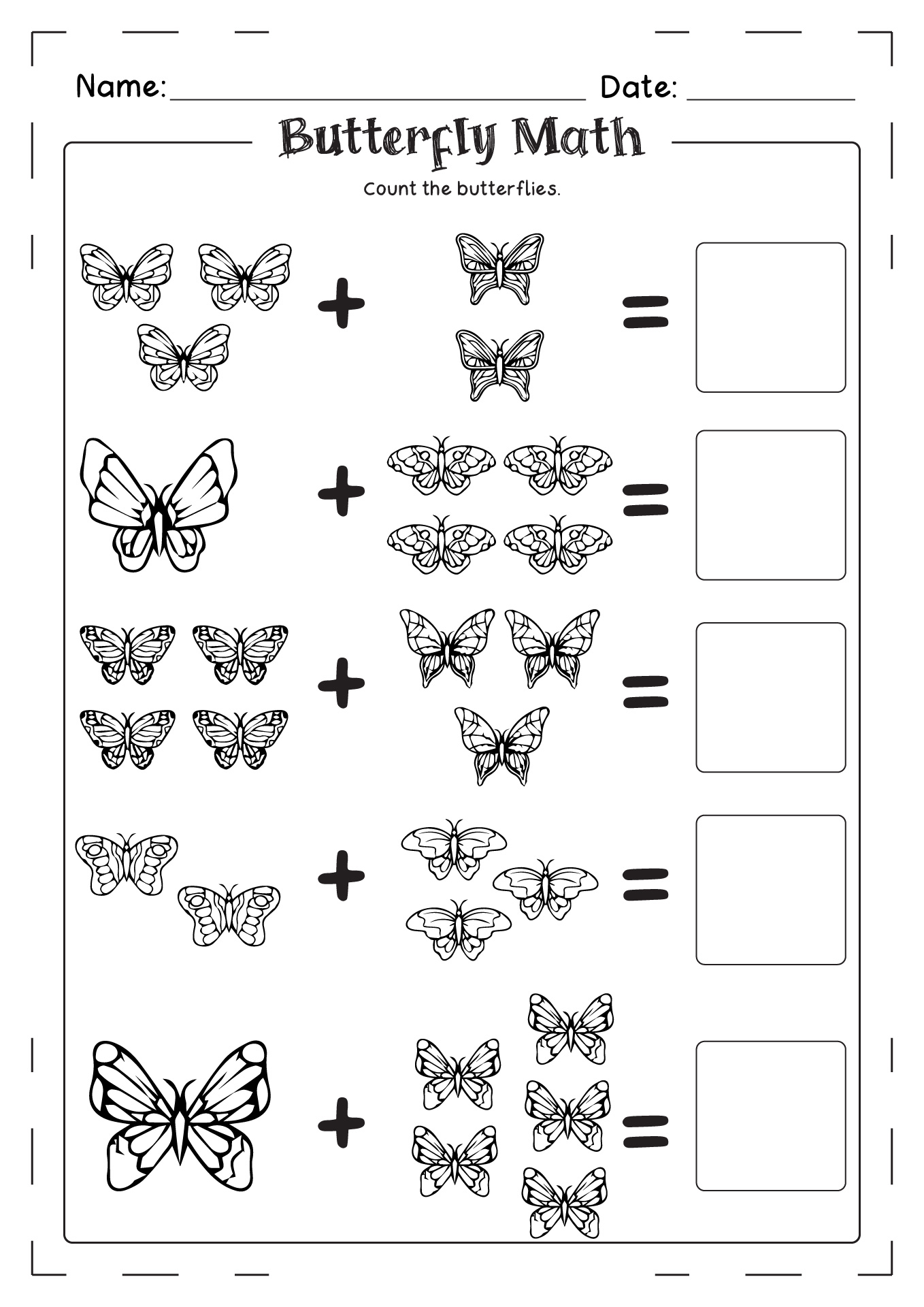
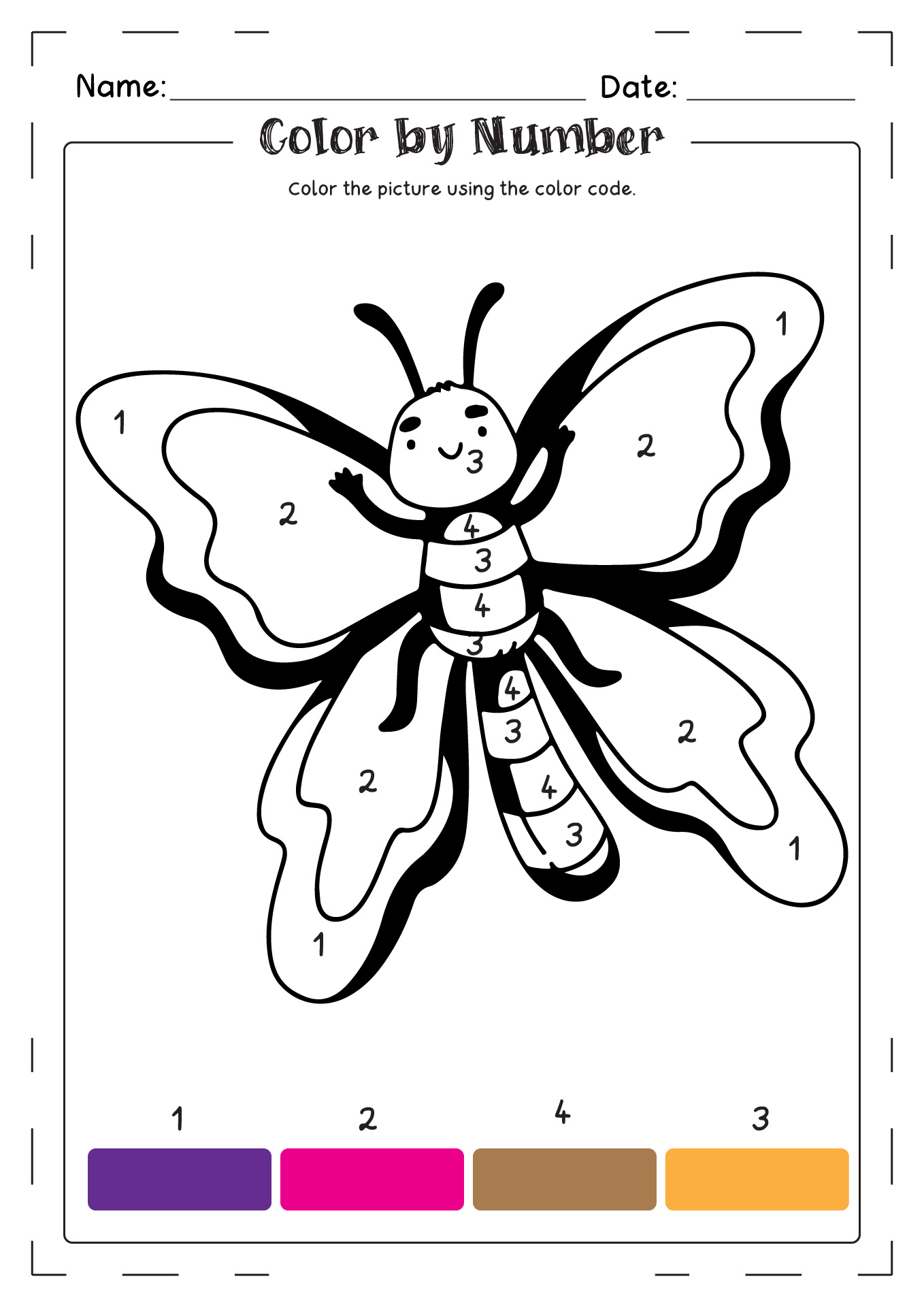
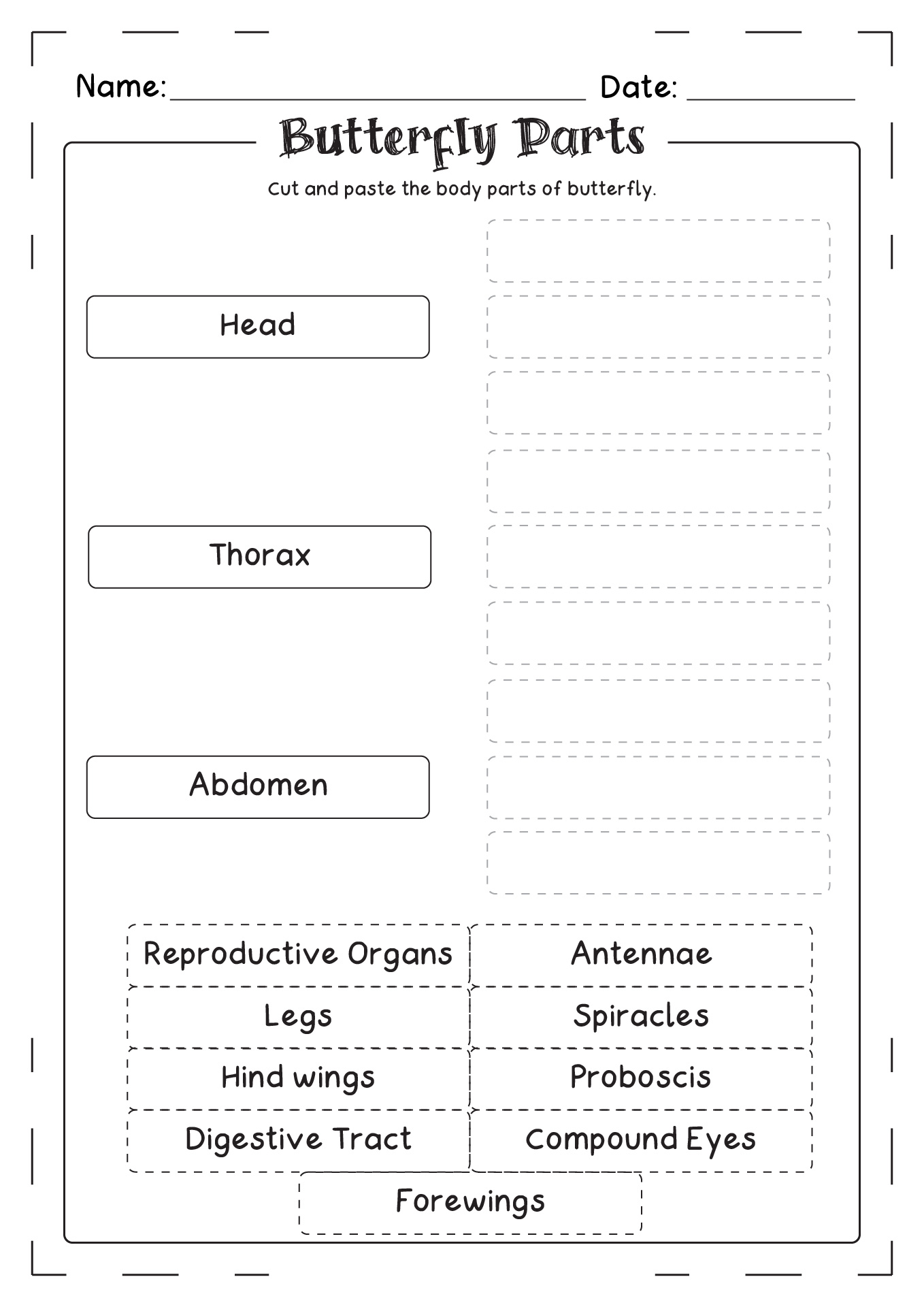
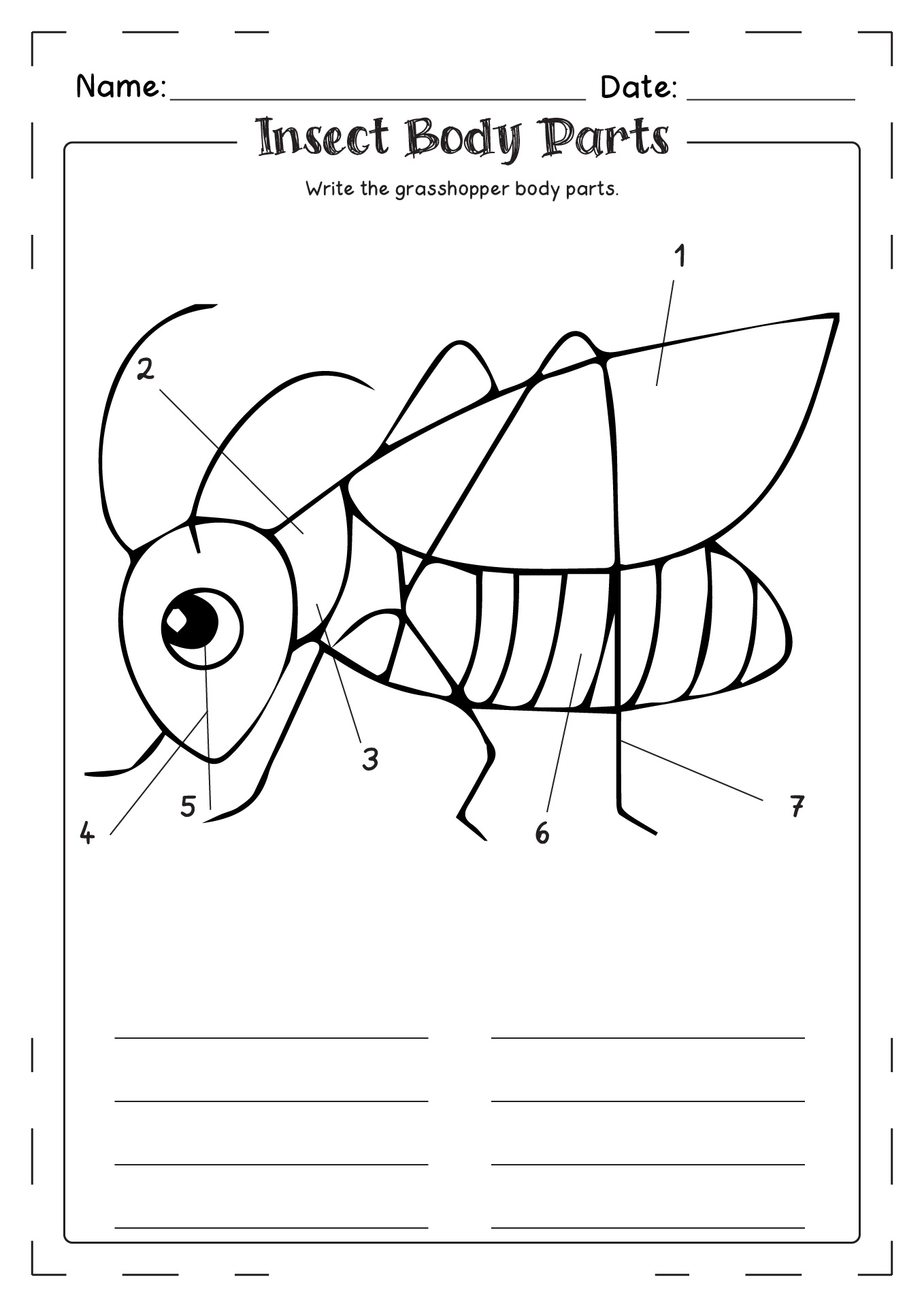














Comments
Printable images: parts of a butterfly worksheet is a valuable resource that helps learners visually grasp the different components of a butterfly's anatomy, making it easier for them to understand and identify each section with clarity and accuracy.
Printable images of parts of a butterfly worksheets serve as a useful tool for educational purposes, allowing children to explore and learn about the various sections of a butterfly in a visually engaging manner.
The printable images: parts of a butterfly worksheet provides a visual aid for learning about the different parts of a butterfly, allowing individuals to easily identify and understand the anatomy of butterflies.
I found the Parts of a Butterfly Worksheet very useful for teaching my students about the different body parts of a butterfly! It was a simple and clear resource that helped engage them in a fun and educational way. Thank you!
I appreciate the simplicity and clarity of this Parts of a Butterfly Worksheet. It's a useful tool for teaching kids about the different parts of a butterfly.